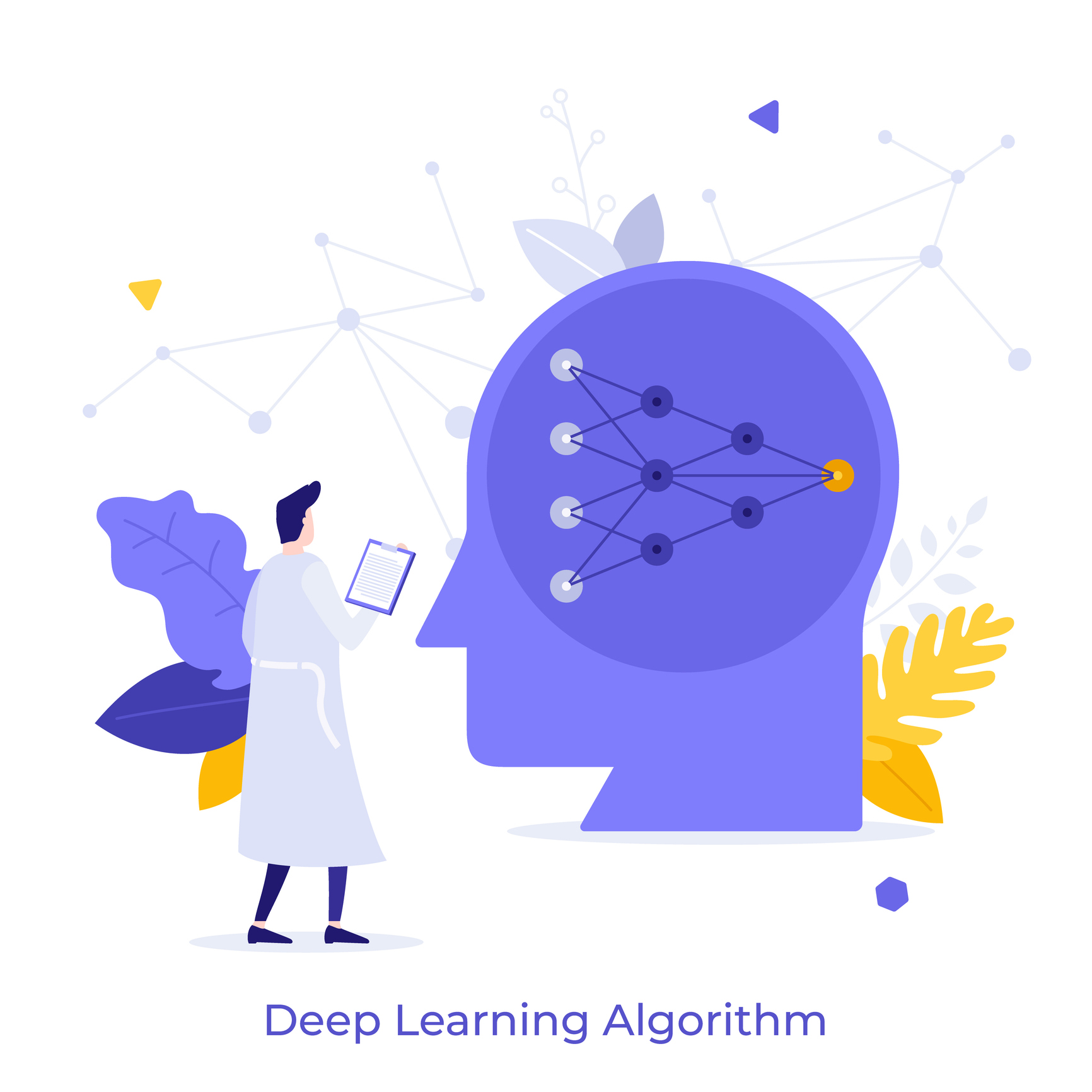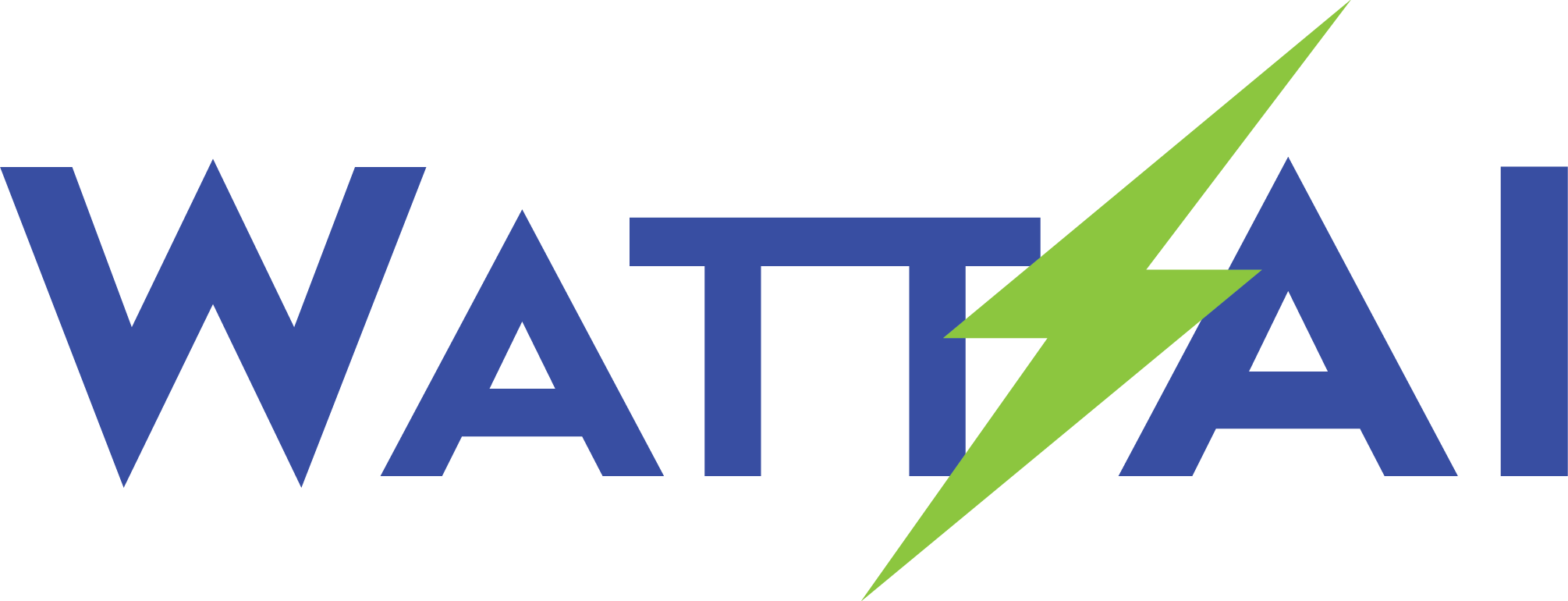Watt AI
- EdgeIQ Director
Watt AI EdgeIQ Director is an innovative energy management platform designed to optimize the coordination of distributed energy resources (DERs) in real-time. By leveraging advanced artificial intelligence and edge computing, this product empowers users to improve energy efficiency, enhance reliability, and seamlessly integrate renewable resources, all while reducing costs and supporting the transition to a more resilient and sustainable energy grid.
P R O D U C T S P E C I F I C A T I O N

Hardware Specification
- Upstream: 4G (telecommunication carrier auto detection)
- Downstream: Power Line Carrier (PLC)
Software Specification
P R O D U C T F E A T U R E S

Edge Measurement Feature
The following measurement are monitored on the low-voltage side of the transformer.
3 Phase Current, Voltage, Active Power, Reactive Power, Power Factor.
Revenue meter class (0.5%) bi-directional kwh (Active and Reaction).
Voltage Sag, Surge and up to 25th Harmonic measurements.
2 sensor channels to collect transformer or ambient temperature.
Historic measurement and event collection and storage
Daily measurement statistics (up to 1 year).
Support TOU based daily summary, Min and Max occurrence time.

Edge Computing Feature
Container based APP deployment and update.
Embedded AI/ML Algorithms: Enables decentralized and local data processing and decision-making directly at DER sites, such as solar panels or battery storage systems.
Smart Meter, IoT Sensors and Devices: Collect real-time data from DERs, energy storage, and load systems, allowing the system to monitor and adjust energy flows dynamically.
Edge Communication Feature
4G or 5G: Facilitate data exchange and control coordination between Gateway and backend system.
RS485/Power Line Carrier/Lora/Wi-Fi: Provides flexible, fast, reliable connectivity for real-time data exchange between DERs, controllers.
Secure MOTT and OPC-UA Protocols: Facilitates lightweight, secure communication for IoT devices in energy systems, ensuring compatibility with industry standards.

AI and Machine Learning Feature
Deep Learning Models: Used for advanced energy forecasting, demand prediction, and optimization of DERs.
Reinforcement Learning: Enables self-learning algorithms to continuously improve system performance by adapting to dynamic conditions, including changes in energy demand, supply, and market prices.
Edge AI Models: Deployed locally at the edge to make rapid decisions for load balancing, fault detection, and demand response participation.

U S E C A S E S
1. Real-Time Optimization of energy flows for grid stability.
2. Decentralized Control with autonomous management of DERs.
3. AI-Driven Forecasting for energy generation and demand prediction.
4. Seamless Integration with various DERs and standard protocols.
5. Enhanced Security through security and privacy enhanced federated learning framework.
6. Microgrid Management with islanding and resilience features.
7. Dynamic Demand Response and energy storage management.
8. Scalability for both residential and industrial energy systems.
